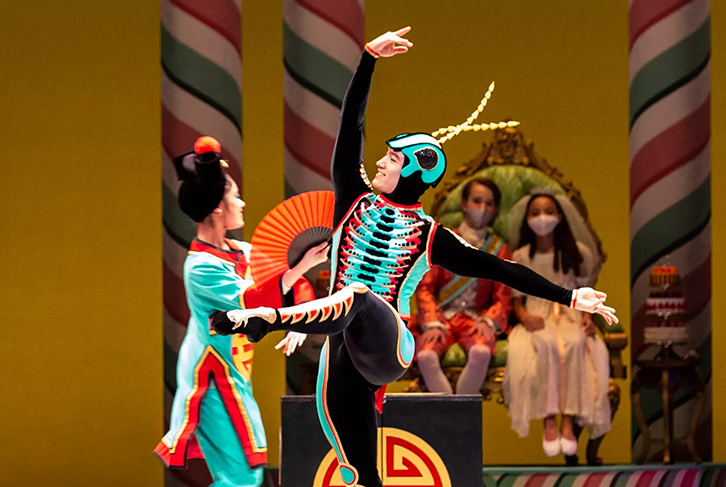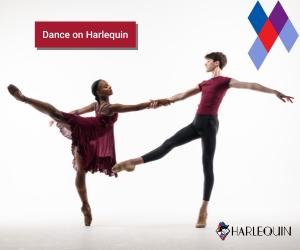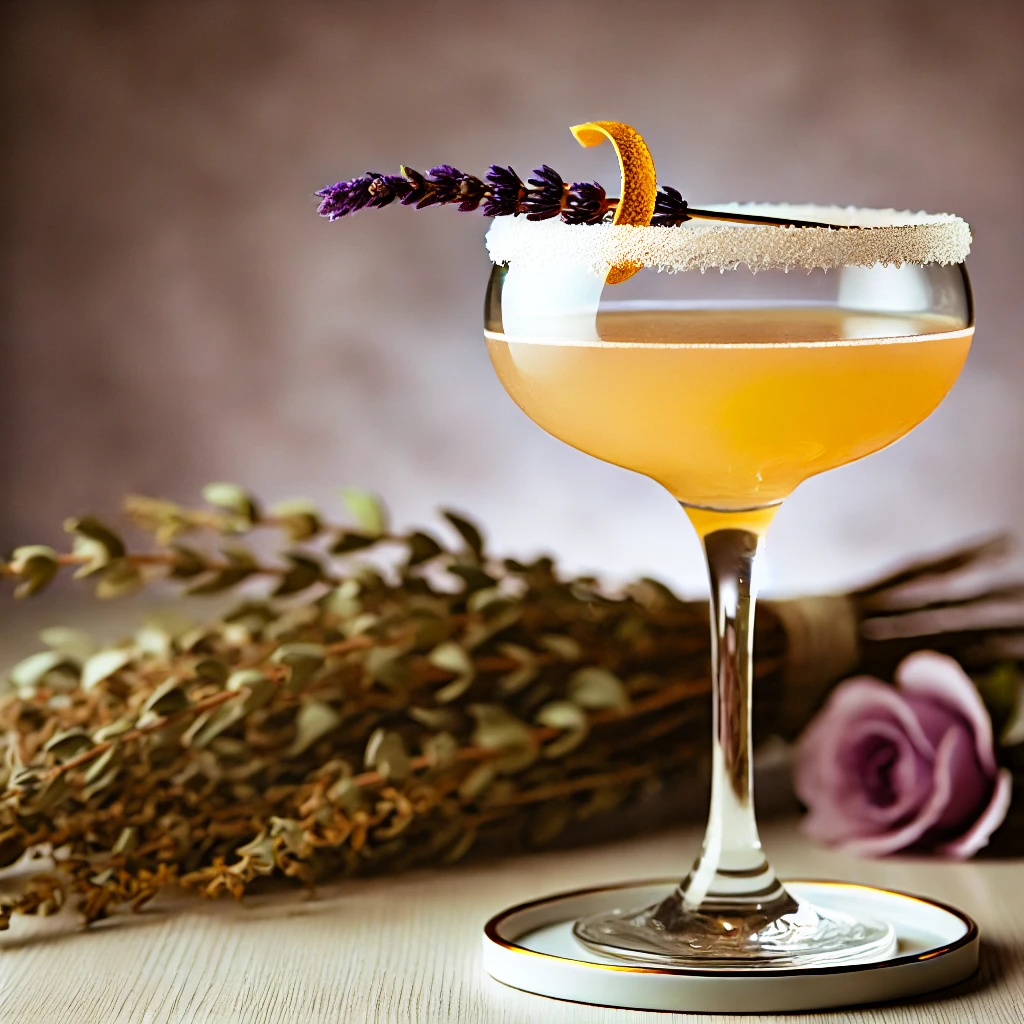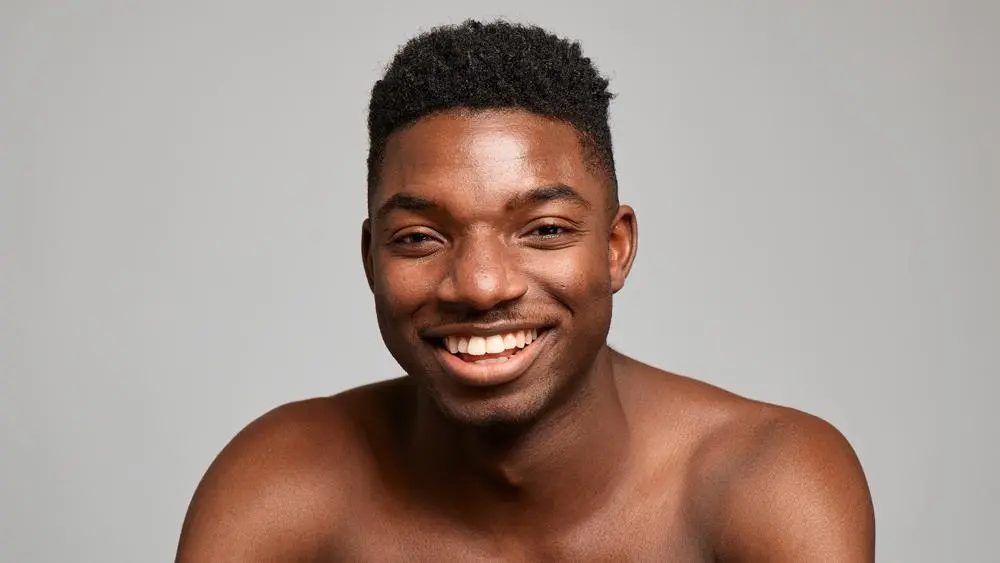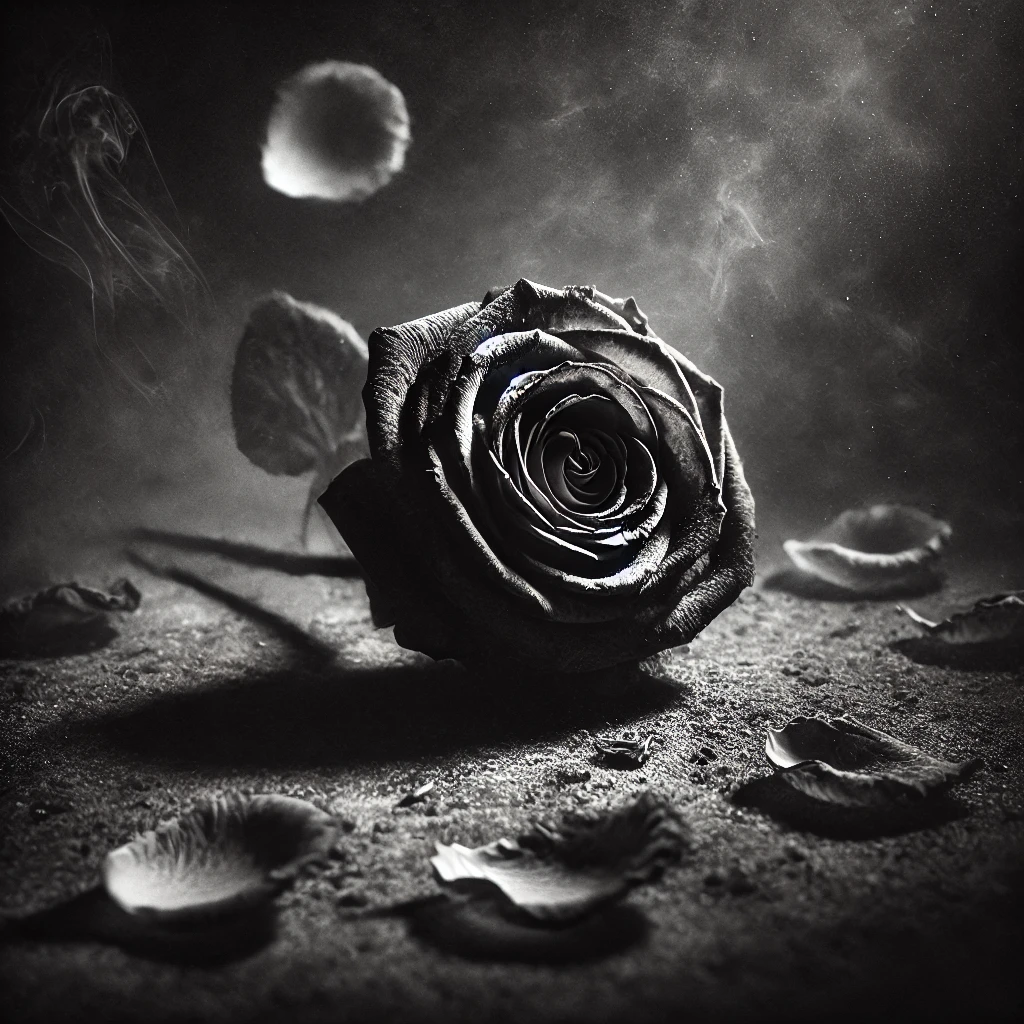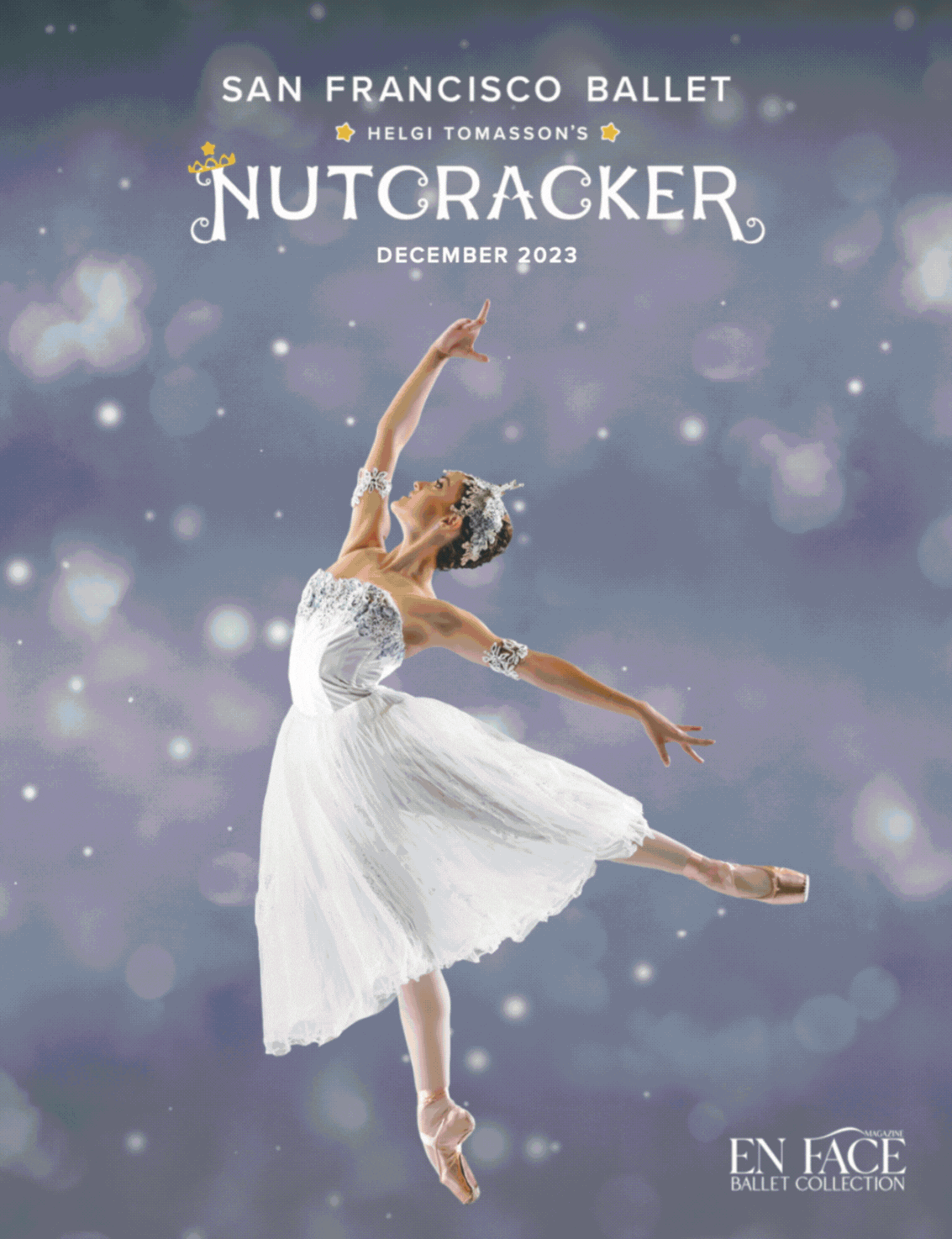
Featured photo: Christian Poppe as the Green Tea Cricket in
George Balanchine’s The Nutcracker® choreography by
George Balanchine © The Balanchine Trust, photo © Angela Sterling.
Noah Martzall as the Green Tea Cricket in The Nutcracker, photo © Angela Sterling.
As a Chinese person, the second act of The Nutcracker has always bugged me. Looking more broadly at the historic depictions of “Chinese” people on the Western performing arts stage, we see fantasy elements of what Europeans thought Chinese people looked like handed down to us from the baroque era. Sallow “grotesque” dancers would don Fu Manchu mustaches and rice paddy hats then shuffle and bob around the stage in between acrobatic tricks. In the diverse multicultural society we live in now, and with an awareness of over 5,000 years of rich Chinese cultural heritage to choose symbols from, can we not make better creative choices for today?

As a result of this discomfort, I co-founded Final Bow for Yellowface (yellowface.org) in 2017 with New York City Ballet soloist Georgina Pazcoguin. On our site lives a simple pledge:
“I love ballet as an art form, and acknowledge that to achieve diversity among our artists, audiences, donors, students, volunteers, and staff requires inclusion. I am committed to eliminating outdated and offensive stereotypes of Asians (Yellowface) on our stages.”
In response, every major American ballet company over the last several years has signed our pledge and started questioning the cultural depictions in The Nutcracker—this includes figuring out where the line is between respectful and offensive depictions. A good determinate of that line involves understanding the difference between character and caricature. A caricature is flat, two-dimensional—a shorthand for something much more complex. A quick sketch. A character, in contrast, is nuanced. Three-dimensional. Specific.
Many ballet companies have completed the initial first step by removing the caricatured elements from the dances, the lowest hanging fruit being the gratuitous yellowface makeup, the incessant bobbing and shuffling, the chopstick fingers, and costuming that made a dancer look like a Chinese “coolie” (an offensive and outdated term used to describe unskilled Asian laborers).
In my humble opinion, however, removing the yellowface isn’t enough. Afraid of offending anyone, many companies have chosen to remove a lot of the flavor the dances once had—but haven’t bothered to replace the caricature with character.
This is why I am so excited about this current evolution at PNB. When Peter Boal called me about replacing the “Chinese” man with a cricket, my antenna perked up. For more than 2,000 years, in Chinese culture, crickets have been a symbol of luck and fertility. Prized as both athletic fighters and the most musical of all creatures, they’ve been kept as pets by nobility and commoners alike. And like Balanchine dancers, crickets in Chinese culture are celebrated for their musicality. In changing the “coolie” into a cricket, the divertissement retains its original vaudeville feeling but takes on a new context: two Chinese girls dancing with their pet cricket. Not a single step of Balanchine’s choreography has to be changed: the work retains its whimsy and musical spirit while incorporating a respectful and playful side of Chinese culture that everyone can enjoy.
This article was written by By Phil Chan, co-Founder of Final Bow for Yellowface and first published in George Balanchine’s The Nutcracker playbill. It is published here courtesy of Pacific Northwest Ballet. Click here to learn more or read the entire playbill.

